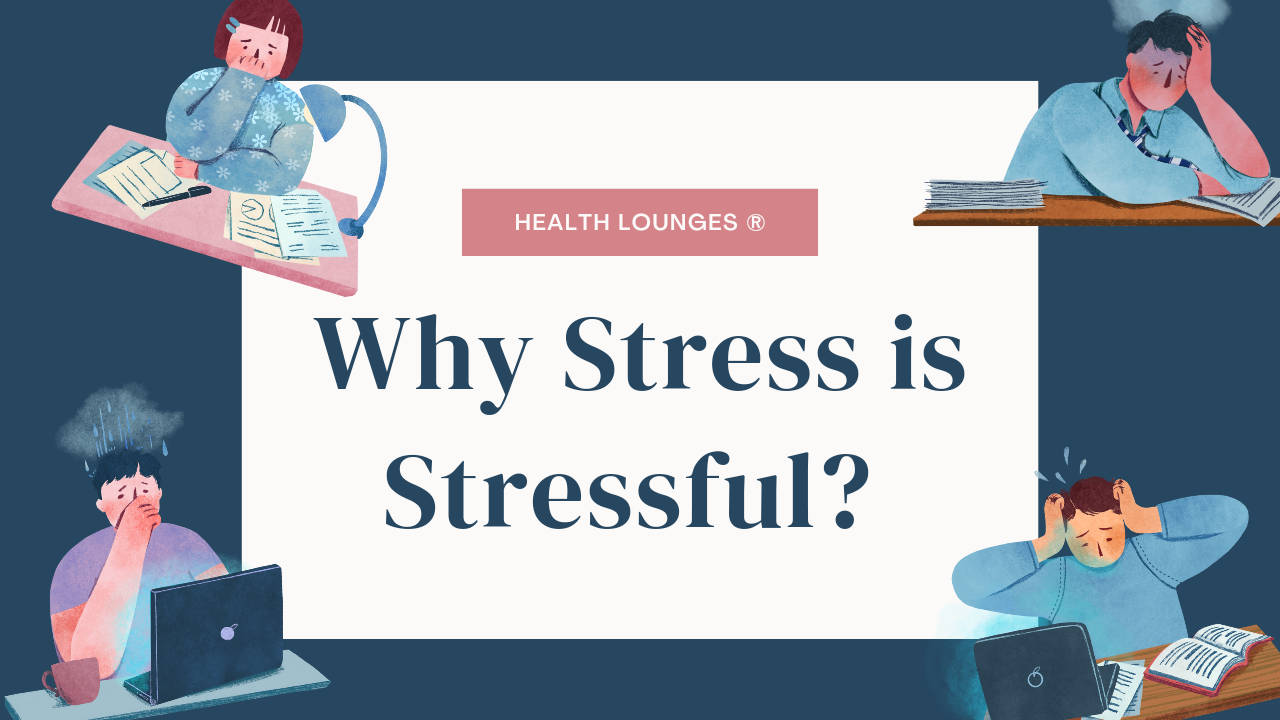Why stress is stressful

Imagine this scenario…
… you’re driving a car in the pouring rain.
You make a turn and start to skid.
On a scale of 1 to 10…
How stressful is this?
Before you answer, let’s add two more options:
A) You’re a student driver on your first day.
Or…
B) You’re a highly trained stunt driver who just finished filming Fast and Furious 12: Keeping the Franchise Alive.
Now, what do you think?
Your answer would vary depending on whether you’re talking about option A or B.
That’s because the stress you feel in any given situation is related to how you appraise that situation.
An appraisal is essentially your estimation of two factors:
► What does this situation demand?
► What resources do I have for coping with it?
This is why different people can respond to the same situation differently.
Let’s look at each of these factors in more detail. (Hang with us, we’ll bring it all together by the end )
First, Factor 1…
Factor 1: Demands
The demands of a situation involve things like:
► Uncertainty (“Is what’s happening right now predictable?”)
► Effort (“How hard will this be?”)
► Danger (“How bad might this get?”)
► Familiarity (“Have I done this before?”)
Next, Factor 2…
Factor 2: Resources and Recovery
Your assessment of your resources includes:
► Internal resources, or what’s inside you—things like knowledge, familiarity, and task-specific skills
► External resources, or what’s around you—things like social support from friends, colleagues, and family, or your environment
The Big Takeaway
When you believe your resources can meet or exceed the demands of a situation, your stress response is more likely to be one of challenge.
In other words, you’ll think, ‘I can handle this,” and it’ll seem less stressful.
But when you feel whatever is happening could surpass your ability to cope with it, you’ll likely have a threat response. Sometimes, that’s not very helpful.

Here, Carmes “the threat” of too many orders at once. The bad news: People are still expecting their food. (Side note: The Bear on Hulu—the source of this GIF—is an emotionally intense but pretty awesome show.)
These assessments often happen in a split second, even if the situation doesn’t involve a skidding car.
Knowing this provides you with an opportunity.
When you start to experience a “non-emergency” stressful situation—read: It doesn’t involve steering your car out of a skid—instead of reacting immediately, you can take a minute and review the case.
What does it demand, and what resources do you have for dealing with it?
You may discover you’re better equipped than you realize.
For example, you might say, ‘Hey, this has happened before, and I got through it just fine, so I know I’m capable of dealing with it.’

That can help lower the threat response.
Alternatively, the situation could be something new you’re dealing with. In that case, yes—you may struggle to manage your stress levels (and emotions).
That’s okay.
It’s going to happen.
But after the seas calm, review the situation, and consider what you could do differently next time.
What would that look like, step-by-step? And how can you implement that approach in the future?
Also, consider what skills you could build to respond better.
If this sounds like “work,” it is. That’s why they call it “working on yourself.”
But…
YOU are a very worthwhile project.
Do you want to understand how stress affects your physical, mental, and emotional health and learn more ways to cope effectively?
Check out our RSS (Rest, Sleep, Stress Management) program (The next session opens soon.)
Until next time,
Dt. Mohit Mittal
(BFND, B.TECH, DDHN, NSQF-4, YCB-3, SSY-1, PT- REPS INDIA)
